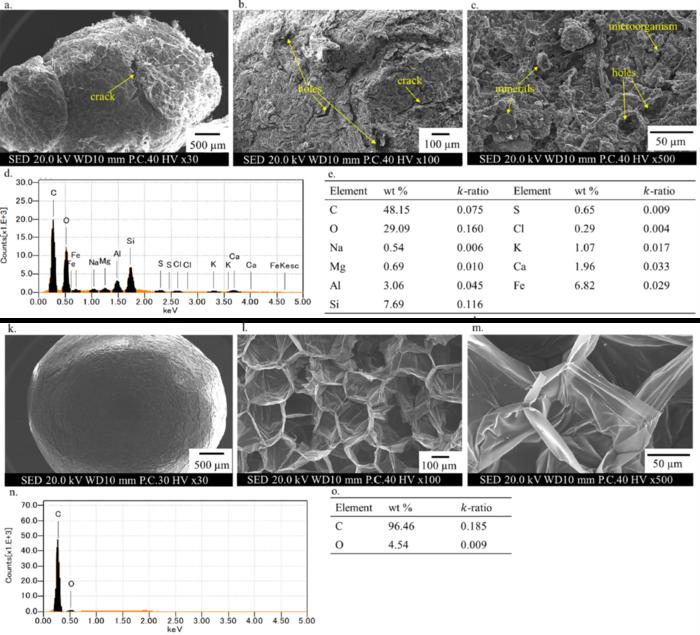
Surface cracks and biofilms on plastic particles might help spread pollution
Concerns about microplastic pollution arise not only because of the particles themselves, but also from whatever cargo they might be carrying. A recent study reports on their tendency to accumulate heavy metals.
Led by researchers from Tokyo Metropolitan University, the study focused on polystyrene foam, collecting particles along the Tuul river running through Ulaanbaatar, Mongolia. Significant levels of heavy metals seem to accumulate on the particles, reflecting local land use and industries. Surface features such as holes and biofilms also increase this propensity to collect pollutants.
Though microplastics are largely chemically inert, scientists are now finding that they can also be effective vectors for whatever might be absorbed on them, including toxic pollutants. Much research is underway on what sorts of toxins they might help transport, and how.
Regarding Ulaanbaatar, the focus of this study, it’s clear that the city’s development has given rise to plastic waste from construction materials, which seems to be ubiquitous, particularly polystyrene foam used in insulation. The study subjected these tiny fragments to a range of diagnostics to ascertain how they had changed, and what they now contained. They found a range of metallic contaminants (i.e., not present in the original material), particularly large amounts of copper and chromium. Strong signals were found for metals associated with specific land uses or industries in the city, such as chemicals used in glass and ceramics manufacture and pollutant-enriched sediments from wastewater treatment plants.

They also looked in detail at the physical properties of the particles themselves. Scanning electron microscopy (SEM) images of the particles showed that exposure to the environment had significantly changed the surface properties of the particles, creating fractures, holes, and pits. Many of the images also showed mineral crystal particles, showing how the roughened surface could become home to inorganic pollutants absorbed from the environment.
They also found traces of biofilms, layers of bacteria which adhere to surfaces. Such films are known to develop electric charges and chemical groups on their surfaces which can effectively absorb metallic contaminants. Combined with the stronger accumulation of metals in meso-sized (5-20mm) particles than in micro-sized (<5mm) particles, the team concluded that these surface features played a key role in the collection of heavy metals on plastic debris. By working to gain insight into the mechanism by which metals are adsorbed onto plastic fragments, the team say they hope to get to grips with the scope of the impact of plastic pollutants in the environment. This work was supported by a Tokyo Metropolitan Government Advanced Research Grant.








